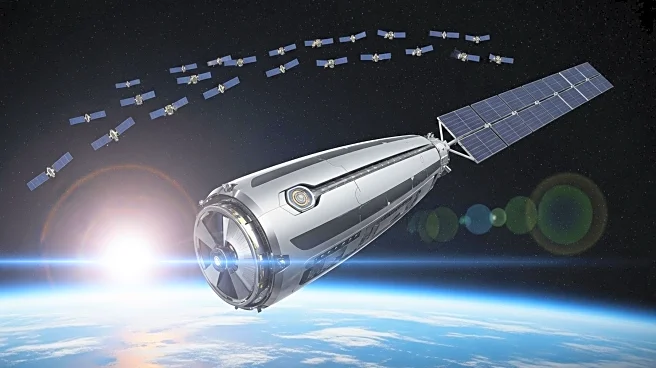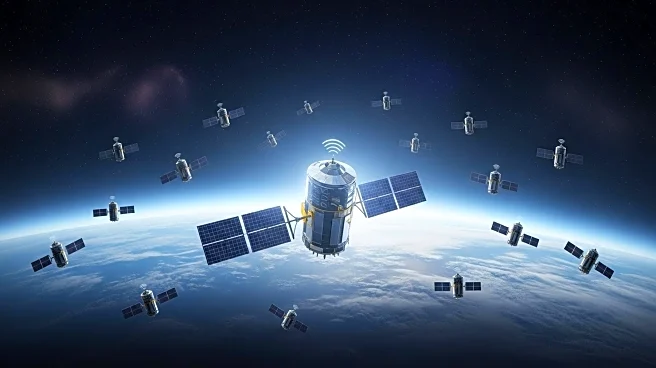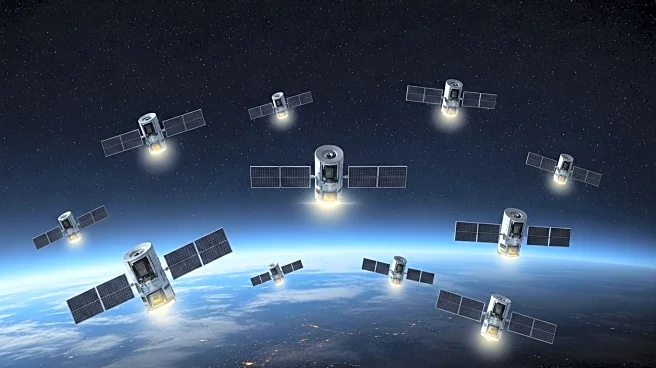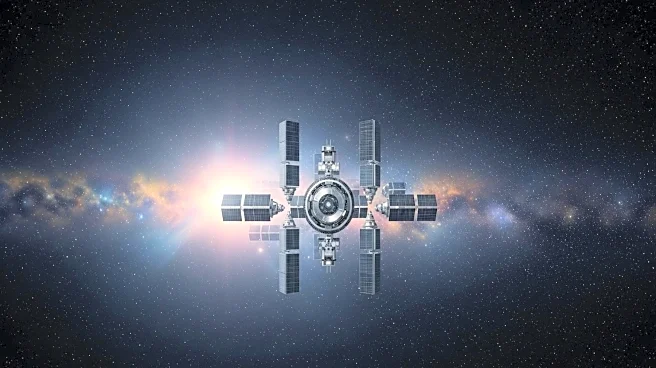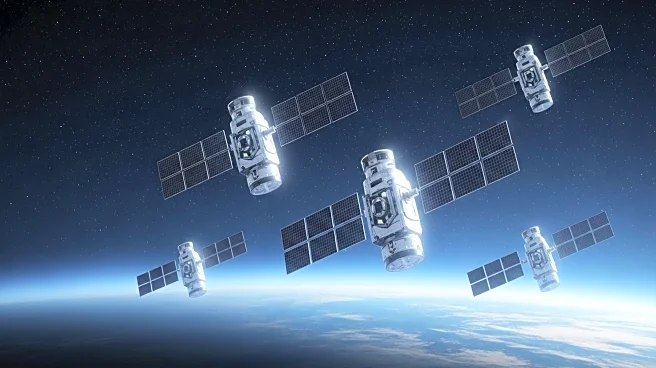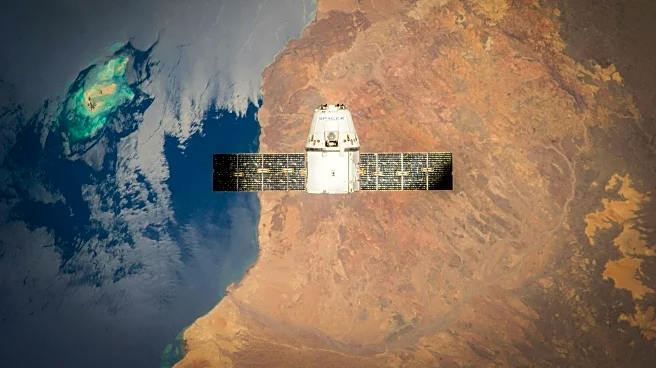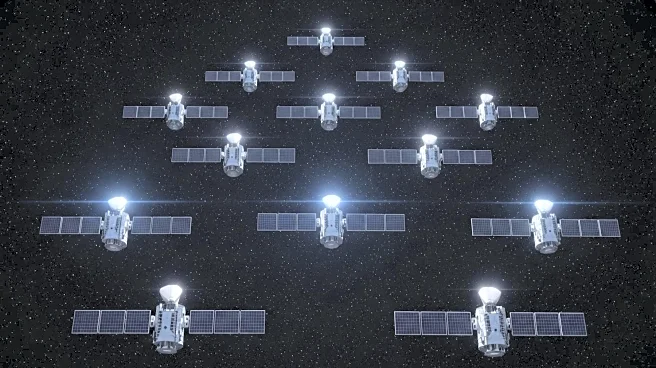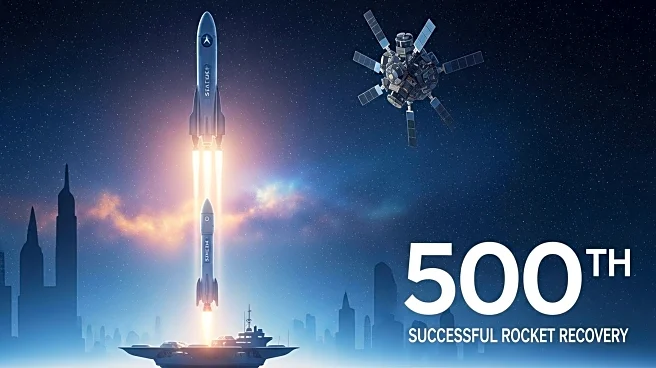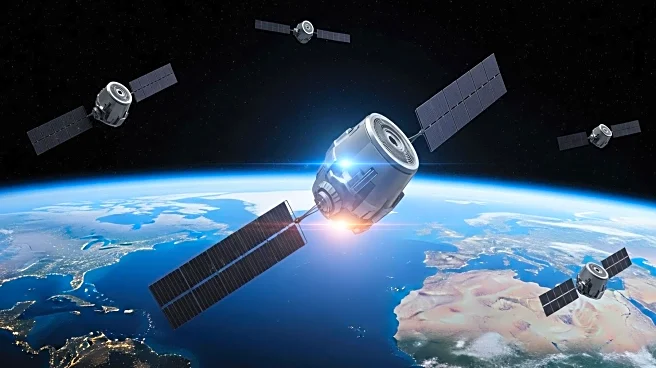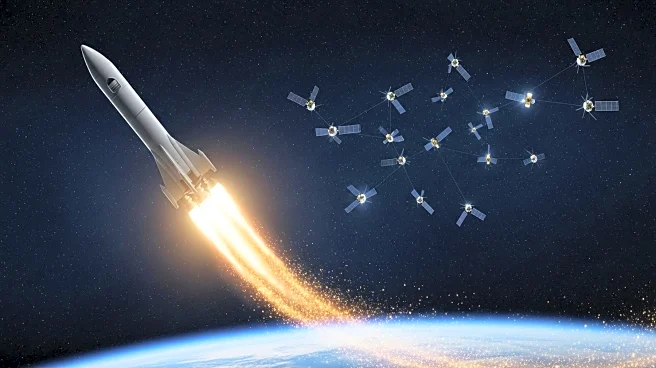What's Happening?
SpaceX successfully launched a Falcon 9 rocket from Vandenberg Space Force Base in California, deploying 24 Starlink satellites into low Earth orbit. The launch occurred at 2:06 p.m. EDT, breaking through the typical fog layer at the site. This mission marked the 112th Falcon 9 launch of the year and the 530th since the rocket's introduction in 2010. The first stage of the Falcon 9, designated booster 1075, successfully returned to Earth, landing on the droneship 'Of Course I Still Love You' in the Pacific Ocean. This landing was the 20th successful touchdown for this booster, highlighting SpaceX's advancements in reusable rocket technology. The launch further bolstered SpaceX's Starlink megaconstellation, aimed at enhancing internet connectivity in underserved areas globally.
Why It's Important?
The successful deployment of 24 additional Starlink satellites is a significant step in SpaceX's mission to provide global internet coverage, particularly in remote and underserved regions. This expansion of the Starlink network, now comprising nearly 9,000 satellites, enhances the capacity for widespread broadband access. The reusable rocket technology demonstrated by the Falcon 9's booster landing is crucial for reducing costs and increasing the frequency of launches, making space more accessible. This development is pivotal for industries relying on satellite internet services and could influence global internet infrastructure, potentially reducing the digital divide.
